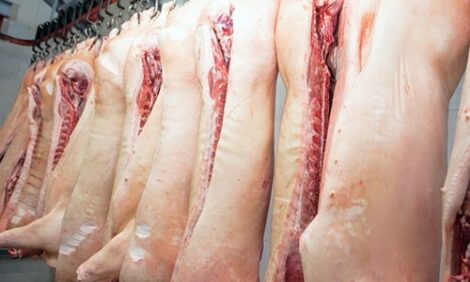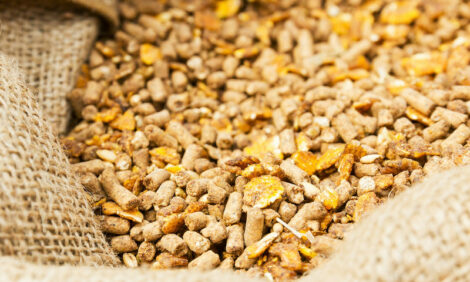



Dutch & Danish Use Welfare Directive Against Spain
EU - The Secretary General of the Coordination of Organizations of Farmers and Ranchers (COAG), Michael White, yesterday said that Denmark and the Netherlands are using the welfare directive on pig farms as a hidden way to fight the thriving Spanish pig industry.Mr White stated this during the opening ceremony of the Seminar Animal Welfare of state and pigs, which was held at the town of Teruel Calamocha in Spain. He denounced the strategy that both countries are driving in the EU, now promoted by the Danish Presidency.
In this regard, Mr White issued a warning against the initiative, which has already raised the European Parliament to limit the travel of live animals to 8 hours - an issue which hurts exports mainly to peripheral countries like Spain.
The seminar analysed the effects of the new European regulations on animal welfare in pig farms, which include, among other requirements, an increase of the minimum area of free soil for each animal, group housing of pregnant sows and specific coatings for the floor of the holding. The regulations are expected to come into force on 1 January 2013.
According to calculations by the TTSS of COAG, the cost of adaptation has amounted to €250-300 per sow, so in an average farm of 500 sows, the total investment required would be between €135,000 and €175,000. In Spain there are about 75,000 farmed sows, resulting in a total cost of above €1,000 million.
The Commission has conducted an impact study of adaptation, but the consequences are very similar to the one experienced in the field of egg layers: closure of farms that can not comply with the adjustment periods, drop in cabin European pigs and increased imports from third world countries that do not meet the conditions required by the EU welfare.
After four months of the entry of the new welfare rules in laying hens, the consequences are quite obvious: decrease of 15-20 per cent of egg production in the EU and 40 per cent increase in imports of countries without welfare requirements such as Mexico, USA or Turkey.
The EU has called on COAG to determine the effects of applying the new rules of welfare in pig farms. Until they do, there should be an extension of the initial deadline (1 January 2013). It is also necessary for the Administration to implement subsidized loans at an interest rate attractive enough for farmers to be able to afford the high investment at a reasonable cost in an industry which is in itself heavily in debt.
Germany, Denmark and Holland are Spain's main competitors in the EU. Within the intra-Community market, 25 per cent of pigs market products in Germany, 16 per cent in Denmark, the Netherlands 13 per cent and 12 per cent in Spain.
Owing to the climatic conditions, (lower energy costs for milder temperatures than Central and less health problems in animals breathing), and sustainable innovation efforts (related to treatment of manure and organic matter and increased productivity), Spain has become one of the most efficient and professional in pig production in the last decade.
Spain is the second largest producer of pork in the EU and ranks fourth worldwide. The value of pig production in 2011 was 5.308 million euros, representing 12 per cent of final agricultural production and 34 per cent of the final livestock production.








